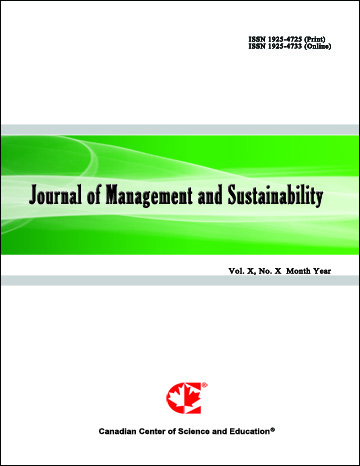Employment Predictions in Secretarial Occupation
- Ali Halici
- Burcu Yilmaz
- Murat Kasimoglu
Abstract
The developments in technology and the intense business life makes secretarial work as an indispensable component of business administration. Besides on the job training and inservice training at workplaces,with the education given at Secretarial Vocational Lycees, at Vocational High Schools and at university levels, quailfied employees are trained. Also the spread of the occupational secretarial courses (on topics such as; touch-type, computer, diction, pre-accountancy) increases the number of qualified personnel.Although the increase in the number of vocational high schools gives rise to the higher amount of qualified secretaries, the results of the research reveals that the numer of secretaries without vocational education in the occupation is more than the qualified ones in the same field. On the other hand, it is observed that educated secretaries might become unemployed as well.
In this study, determining the employment gap in secreterial vocation by examining the general censuses was aimed.
In the study General Population Censuses which takes place one in five years (1970, 1975, 1980, 1985, 1990, 2000) were examined. In these populatiun censuses, participants were surveyed about their main occupation and asked what their job was within the last week and the answers given by the citizens were taken into account in this study. Questions that were answered open-ended were classified according to ISCO 88 International Standard Classification of Occupations. The number of graduates of lycees and high schools that are providing secreterial education were taken from The Ministry of Education and Higher Education Board. It was determined that employment gap in secreterial occupation might be closed by the year 2025 according to the projections made.
- Full Text:
 PDF
PDF
- DOI:10.5539/jms.v2n2p187
Journal Metrics
Google-based Impact Factor (2021): 1.54
h-index (July 2022): 37
i10-index (July 2022): 147
h5-index (2017-2021): 12
h5-median (2017-2021): 19
Index
- Academic Journals Database
- ANVUR (Italian National Agency for the Evaluation of Universities and Research Institutes)
- CAB Abstracts
- CNKI Scholar
- EconBiz
- Excellence in Research for Australia (ERA)
- GETIT@YALE (Yale University Library)
- Harvard Library
- HeinOnline
- Infotrieve
- JournalTOCs
- LOCKSS
- MIAR
- PKP Open Archives Harvester
- RePEc
- Scilit
- SHERPA/RoMEO
- Stanford Libraries
- UCR Library
Contact
- Evelyn XiaoEditorial Assistant
- jms@ccsenet.org
